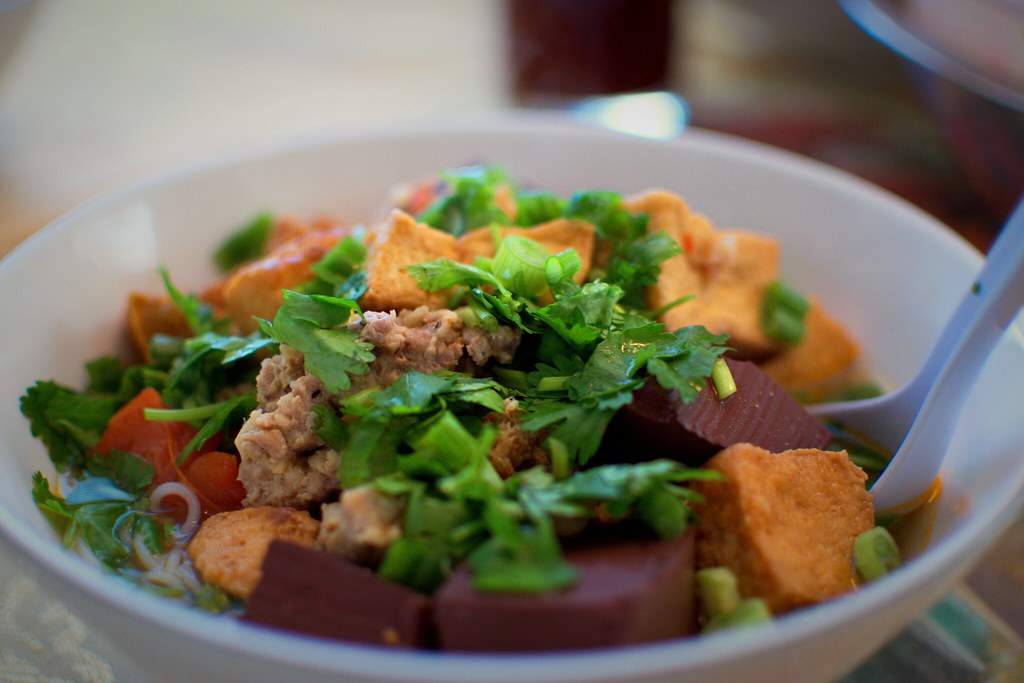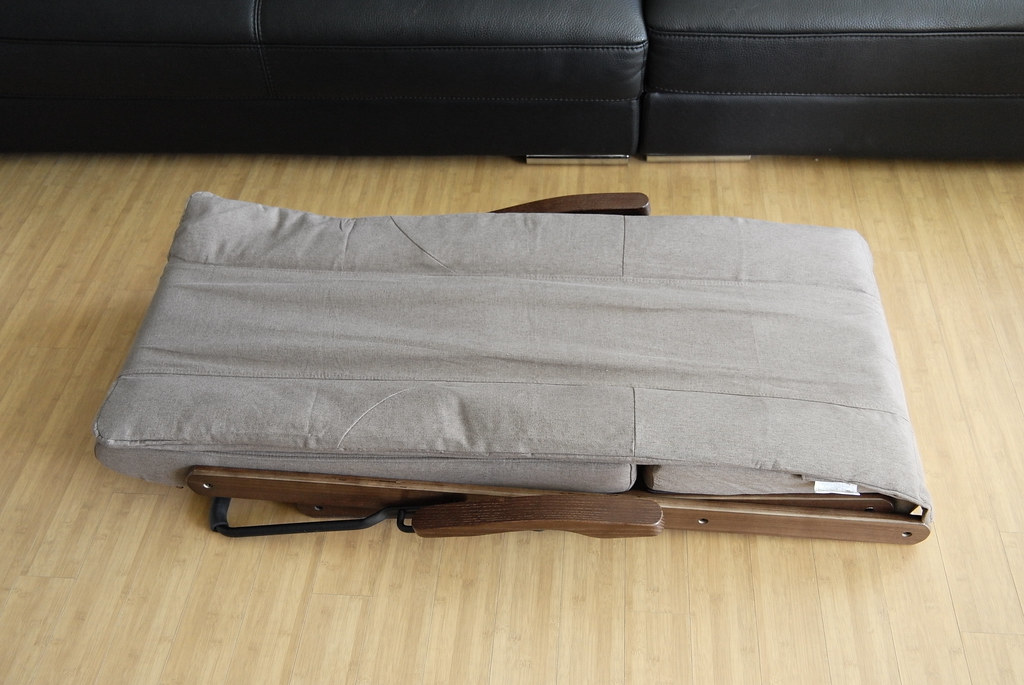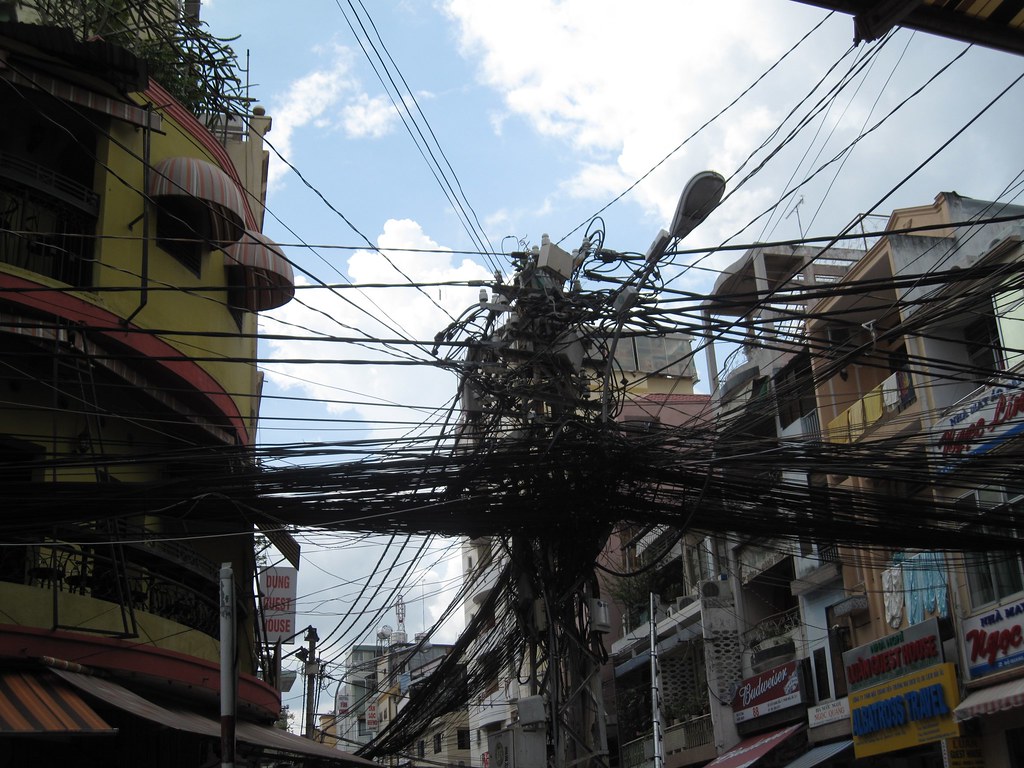Vietnamese Traditional Costumes: Elegance and Beauty in National Attire
The traditional costumes of Vietnam are not only visually stunning but also deeply rooted in the history and culture of the country. These exquisite garments, known as Ao Dai, showcase the elegance and beauty of the Vietnamese people.
History of Ao Dai
The Ao Dai has a long history that dates back to the 18th century. Originally, it was worn by both men and women, but over time, it became predominantly a female attire. During the Nguyen Dynasty, the Ao Dai went through several transformations, adopting different styles and designs.
Features and Designs
The Ao Dai typically consists of a long, flowing tunic worn over wide-legged pants. The tunic is form-fitting, with a high collar and long sleeves. The length of the tunic can vary, but it usually extends to the knees or even the ankles. Bright and vibrant colors are commonly used, with intricate patterns and embroidery adding to its beauty.
Symbolism and Significance
The Ao Dai is not just a piece of clothing; it carries deep symbolism and significance. It represents the elegance, grace, and modesty of Vietnamese women. It also reflects the values of Vietnamese culture, emphasizing harmony, respect, and tradition.
Modern Adaptations
While the traditional Ao Dai remains popular and is still worn on special occasions and formal events, modern adaptations have emerged. Designers have introduced variations in length, fabric, and style to cater to different preferences and occasions. However, the essence of the Ao Dai's elegance and beauty remains intact.
International Impact
The beauty and grace of the Ao Dai have garnered international attention. It has become a symbol of Vietnamese culture and is often showcased in fashion shows, films, and cultural events worldwide. Its unique design and intricate craftsmanship have captivated audiences around the globe.
Conclusion
Vietnamese traditional costumes, particularly the Ao Dai, embody the grace, elegance, and beauty of Vietnamese culture. They serve as a testament to the rich history and traditions of Vietnam. The intricate designs and vibrant colors of these costumes continue to fascinate people, making them a beloved symbol of Vietnam's cultural heritage.






